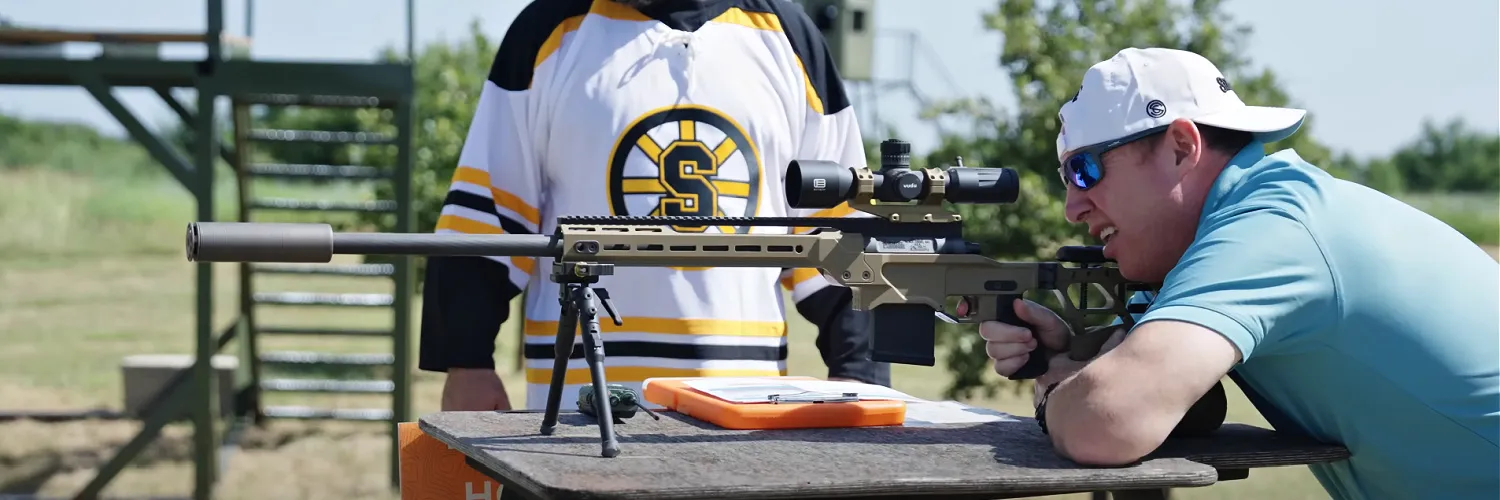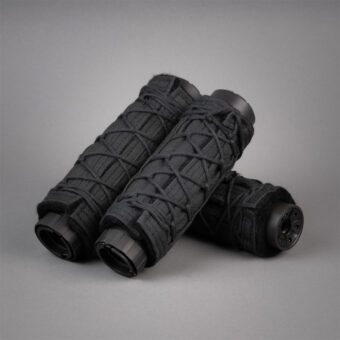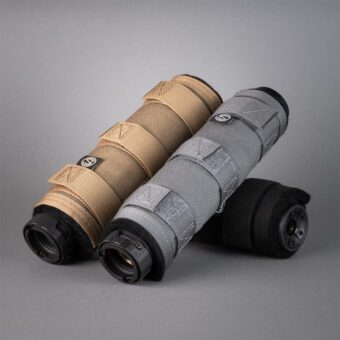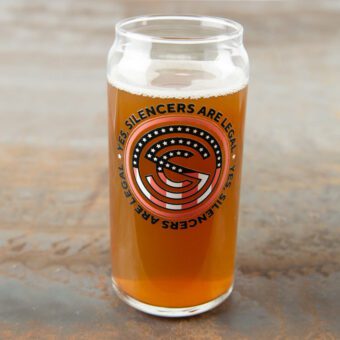What Is a Muzzle Brake?
David Higginbotham
Many rifles (and a few pistols and revolvers) have an extension added to the muzzle end of their barrels. To the untrained eye, muzzle devices such as flash hiders, compensators, and muzzle brakes are almost indistinguishable — but each type has a distinct purpose.
In this article, we’ll dive into the functional benefits of a muzzle brake, and how it can help cut recoil and make your gun far easier to shoot.
What Is a Muzzle Brake?
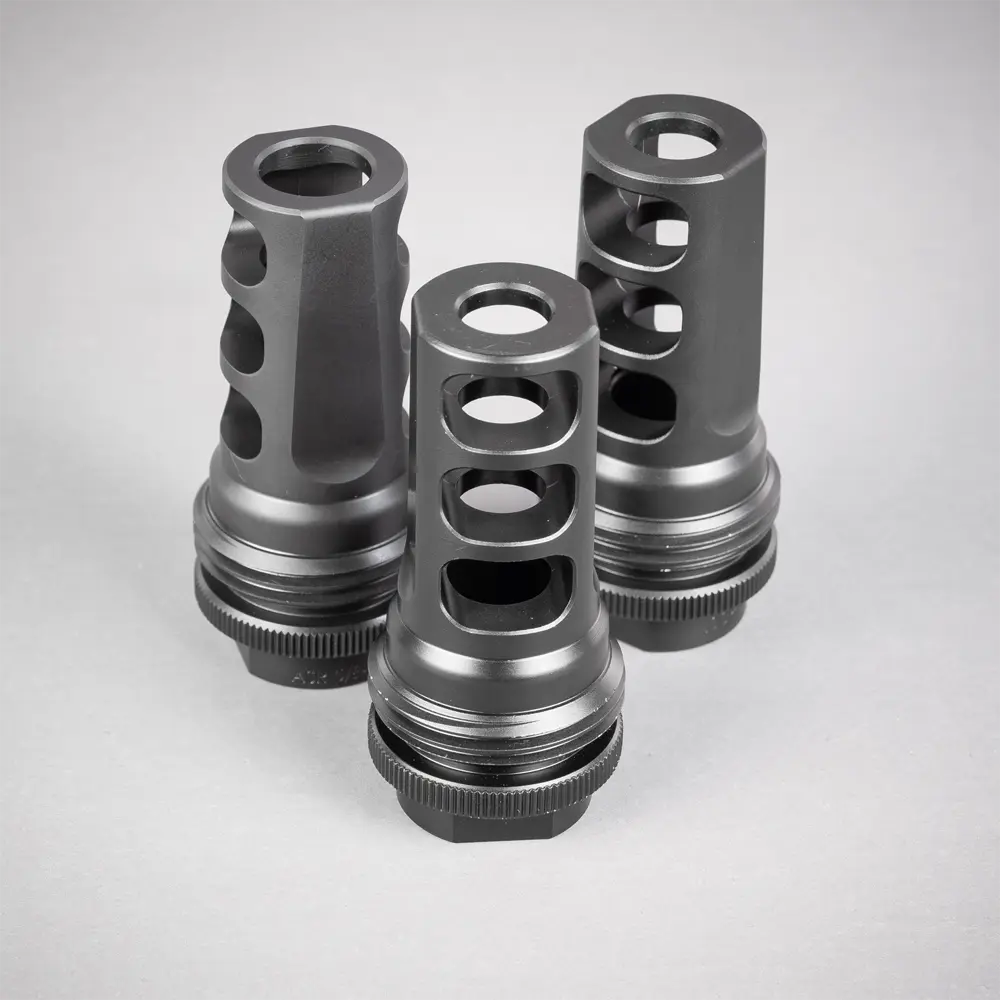
A muzzle brake is a device attached to the end of a barrel designed to reduce recoil.
You might see Muzzle Break used incorrectly. While brake and break have distinct meanings, in this context, no one is confused. Brake refers to slowing down recoil, not accidentally damaging the muzzle.
How do Muzzle Brakes Work?
A muzzle brake reduces recoil by interrupting the rearward push of the gun.
Here’s how it works:
When gunpowder ignites inside the barrel, expanding gas propels the projectile forward, producing tremendous force. As the bullet exits the muzzle, the gas follows, pushing the barrel back toward the shooter. A muzzle brake redirects this gas to the sides, reducing the rearward force.
Why Does a Gun Need a Muzzle Brake?
By changing the direction of the escaping gas, a muzzle brake cuts the recoil impulse and takes the bite out of the rearward movement of the gun.
At one extreme, this feels better for the shooter. At the other extreme (when guns don’t kick much to begin with) it can stabilize a gun — a massive benefit for shot tracking at long range and for fast follow-up shots.
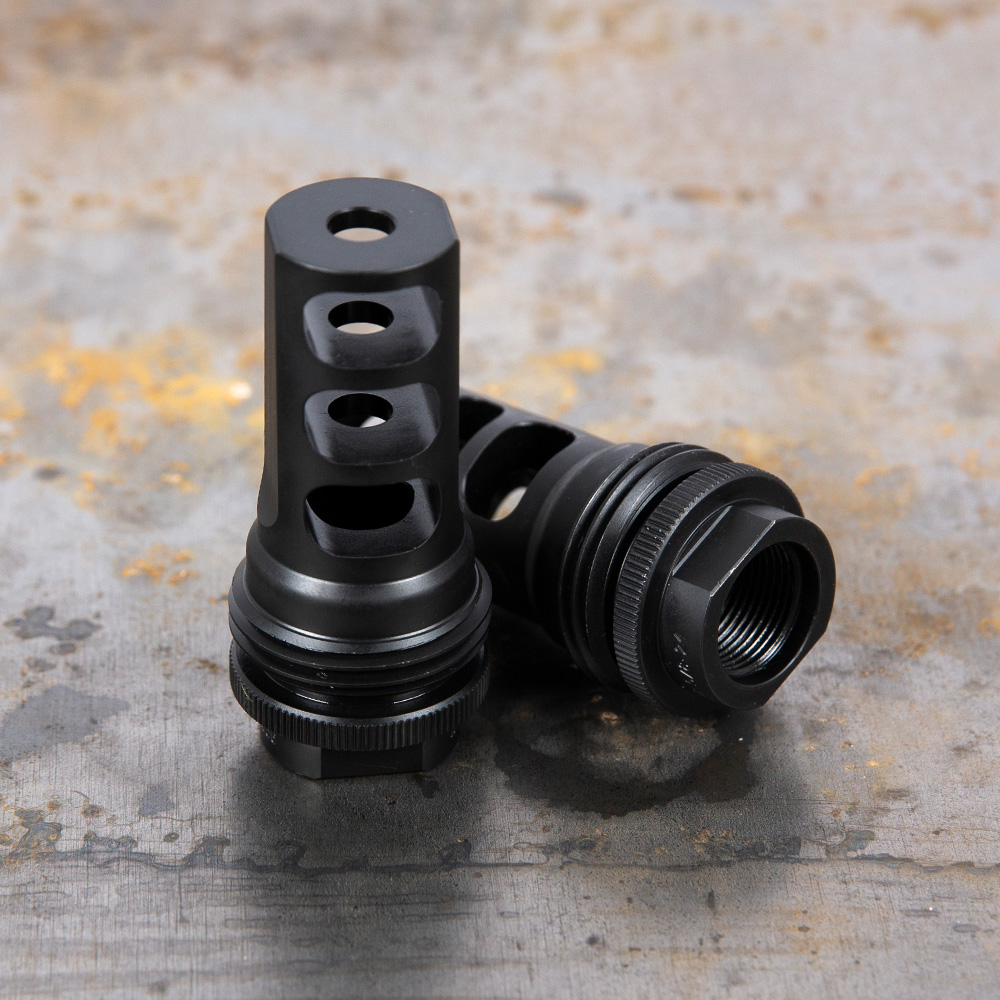
What Types of Muzzle Brakes Exist?
There are two main types of muzzle brakes: radial and directional. Both of these are commonly attached to a threaded barrel. While they’re most common on rifles, they exist for handguns, too.
A radial muzzle brake has ports (usually round holes) drilled around in a pattern. Some patterns are aesthetic and let gas escape in multiple directions. Others are spiraled with more intentionality — allowing the force to also spiral in its escape, which may provide some compensation here, too.
Directional brakes typically have two larger channels for the gas to escape. While some have holes too, it is the larger baffles that provide the most dramatic impact on recoil mitigation.
Muzzle Brake or Compensator?
Now we’re getting to the confusing part. Both of these devices typically screw on to the end of a barrel and change the direction of the gasses as they exit the gun. Both look similar. And there are a few chuckleheads out there who use the terms interchangeably, which helps fuel the confusion.
So let’s sort it out. A compensator (again, a device attached to the muzzle that is designed to change the directional flow of gasses for efficient operation) directs the gas up to hold the barrel down. A muzzle brake redirects the gas out to the sides to reduce the rearward movement of recoil.
Think of the path of the bullet. As the bullet exits, the barrel jumps up. As it is anchored by the stock, recoil tends to push back and then — when it can go back no further — it pops up. A compensator has holes or slots that allow the gas to change direction and this adds force that helps keep the gun level.
Compensators don’t do as much as muzzle brakes to cut recoil.
Are Suppressors Muzzle Brakes?
This is where we cross over into the world of sound suppression. Directional brakes have baffles. Suppressors have baffles, too.
As you may have picked up here, this article is forcing a bit of a binary on the topic of muzzle brakes. Compensators keep the gun flat. Muzzle brakes keep the gun from moving backward. But the truth is, there’s a lot of overlap between the two types of devices.
Suppressors, too, fall into this grey area. While the main objective is sound suppression, as the generic classification might suggest, a silencer has baffles inside that change the direction of gasses and, measurably, reduce felt recoil.
So yes. A suppressor acts as a muzzle brake.
The ASR Muzzle Brake
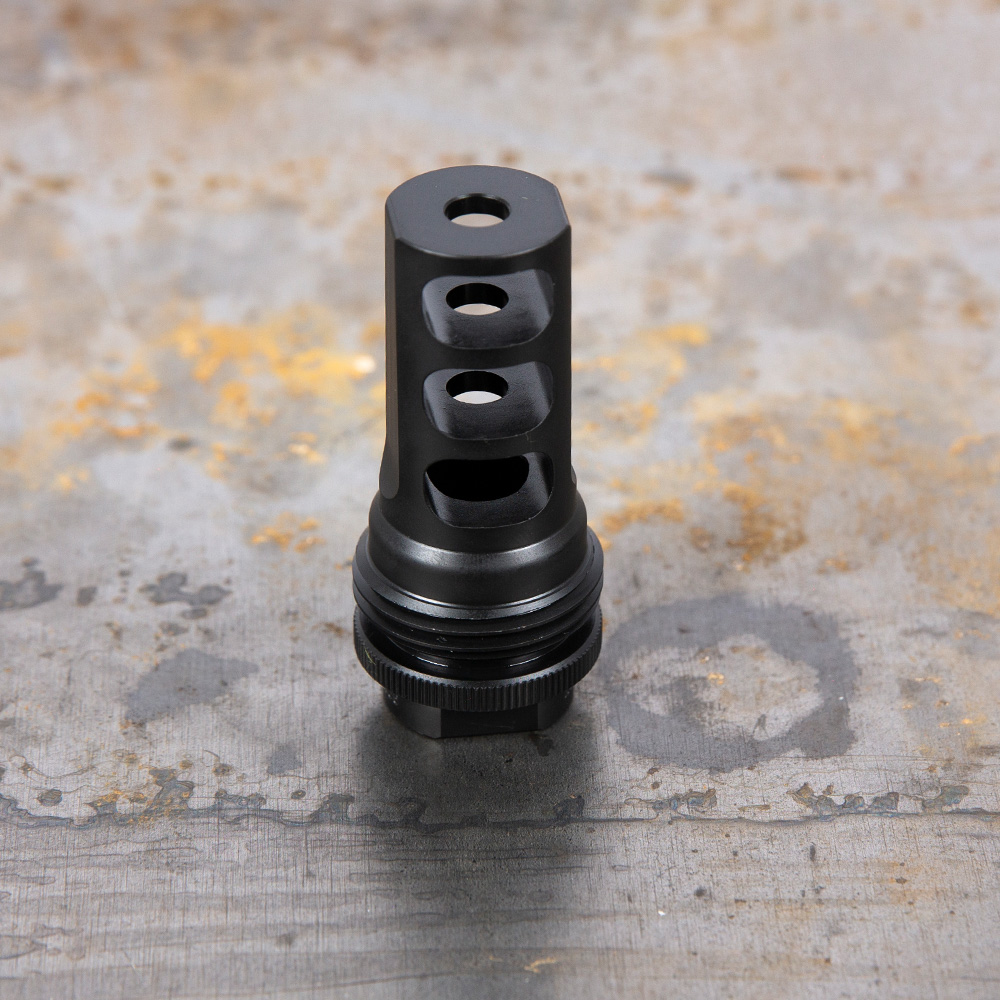
SilencerCo takes this one step further with the ASR Muzzle Brake. When used in isolation (as in naked—the muzzle being naked, no you. That would be weird), the ASR Muzzle Brake is a directional brake that cuts recoil.
This works with ASR mount suppressors, too, like the Omega 300 DT. In this combination, the ASR Muzzle Brake takes the initial force of the exiting gas and shifts it, getting a head start, if you will, on the disruption that typically occurs when those same gasses come into contact with the baffle stack of the Omega 300 DT.
Without a silencer, the gun has an effective brake. With the silencer, the combo is even more effective.
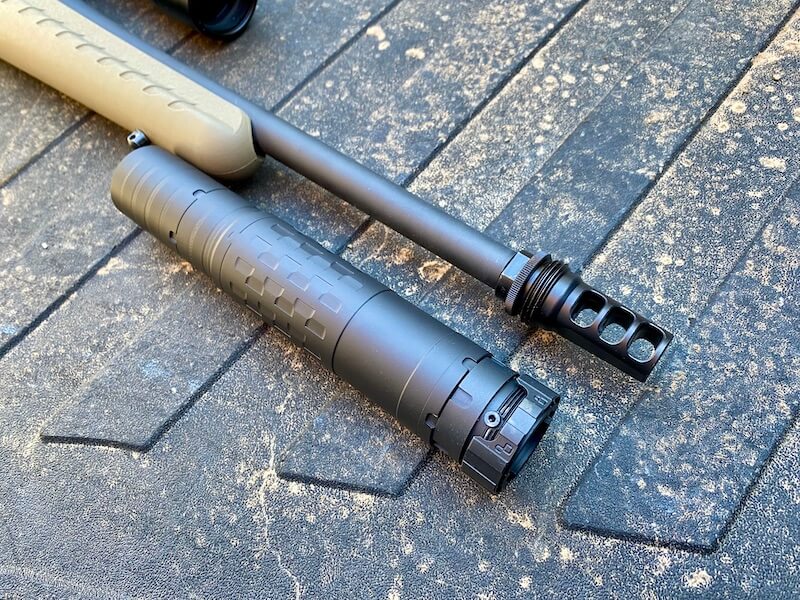
For 9mm and .30 caliber guns, the ASR Single Port Muzzle Brake is a compact option, ideal for minimalist builds balancing performance and weight. It pairs well with a Scythe-Ti suppressor.
Either way, finding that balance between efficiency both with and without a suppressor will help make your rifle an effective platform that provides consistency in its performance. And this, more than anything, will improve your shooting.
Practice with a muzzle brake installed and learn how to use your scope at varying ranges. Then practice the same skills and drills with a suppressor mounted on top of the same brake. You’ll never regret it and the results will show when you need it most.



